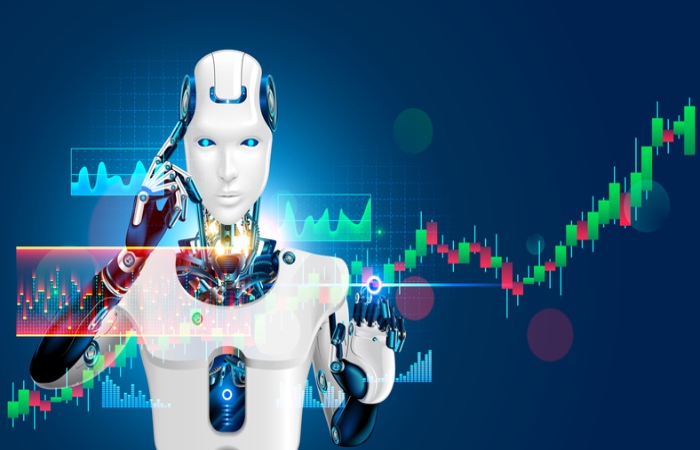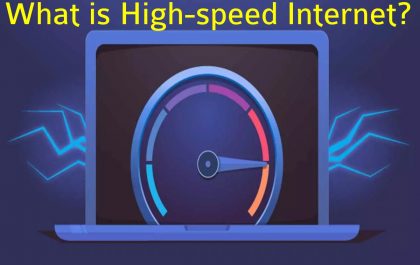Table of Contents
Artificial Intelligence (AI)
Artificial Intelligence (AI) is a set of diverse information combined in order that machines can understand, apprehend, act and analyze with degrees of intelligence similar to that of a person. Perhaps this is why every body has their definition of synthetic intelligence: it is not a single thing.
Artificial Intelligence now contains a wide kind of subfields, ranging from widespread-cause regions which include gaining knowledge of and perception to greater unique ones including the game of chess, the proving of mathematical theorems, the writing of poetry, and the writing of poetry. Diagnosis of sicknesses. Artificial Intelligence synthesizes and automates initially intellectual responsibilities and is potentially relevant to any subject of human highbrow activity. In this sense, it is a truely popular discipline.
Why is AI vital?
Some wise technology have been around for over 50 years. Still, advances in computing energy, the provision of extensive quantities of information, and new algorithms have enabled AI breakthroughs in current years. Artificial intelligence has a critical role inside the virtual transformation of society and has become an EU precedence. Its future applications are expecte to result in extensive adjustments, however AI is already found in our lives.
Artificial Intelligence case studies
AI applies to financial services, fraud detection, retail purchase predictions, and online customer support interactions in our everyday lives. These are some examples:
Fraud detection. The financial services sector uses artificial intelligence in two different ways. The initial classification of credit applications uses AI to determine solvency. More advanced AI engines are needed to monitor and sense fraudulent card transactions when making real-time payments.
Virtual Customer Support (VCA). Call centres use VCA to predict and respond to customer inquiries without human interaction. Voice recognition and simulated human dialogue are the first interaction points in a customer service inquiry. In the most challenging requests, they redirect to a person with whom you can relate straight.
When a person pledges a dialogue on a web page using a chat (chatbot), the contact is complete with a computer running a specialized AI system. If a point reaches where the chatbot cannot interpret or address the question, a person steps in and communicates directly with the chatbot. These non-interpretive examples feed a machine learning computing system that enhances the application of AI in future interactions.

Ways to train Artificial Intelligence (AI)
The learning of artificial intelligence happens similarly to that of a human being. Therefore, in addition to learning through controls, she also knows through information and data from those training her. And also over communication with users.
How it is skilled depends on how the procedure is built and can be of three types. Check it out below.
Supervised: In this case, the person you train tells the AI what answer you want it to give. For example, she shows him a cat picture and, through some code, gives him the following message: “I want you to say that this is a cat.”
He then shows a dog picture and says, “I want you to say this is a dog.” She does this with multiple and multiple images, and by displaying a picture of a cat that is of no use in training, the AI will be able to tell that he is a cat.
Semi-supervised: in this mode, the person you train, for example, takes some samples and tells the AI that they are cats, takes others and informs it that they are dogs, and takes others and says nothing. And the AI, from the samples of dogs and cats, makes the classification those that have not identify.
Unsupervised: In this case, the person says no answer and leaves the AI to answer for himself. For example, the person shows various cat and dog images mixed, and the AI will identify patterns and create ways to differentiate one thing from another – without anyone having to tell which cats and which are dogs.
Conclusion
As you have seen, the subject is complex, and there is a lot to go through to understand what artificial intelligence is and everything surrounding it. After all, this technology is constantly developing.
Also Read: Corporate Credit Card – Types, Important and More
Related posts
Featured Posts
What is High-speed Internet?
High-Speed Internet High-velocity Internet, also referred to as broadband Internet, is defined via the Federal Communications Commission (FCC) as Internet…
What is Bitcoins-Era?
Bitcoins-Era is a trading podium that uses a sophisticated artificial intelligence system capable of analyzing the market and autonomously buying…


